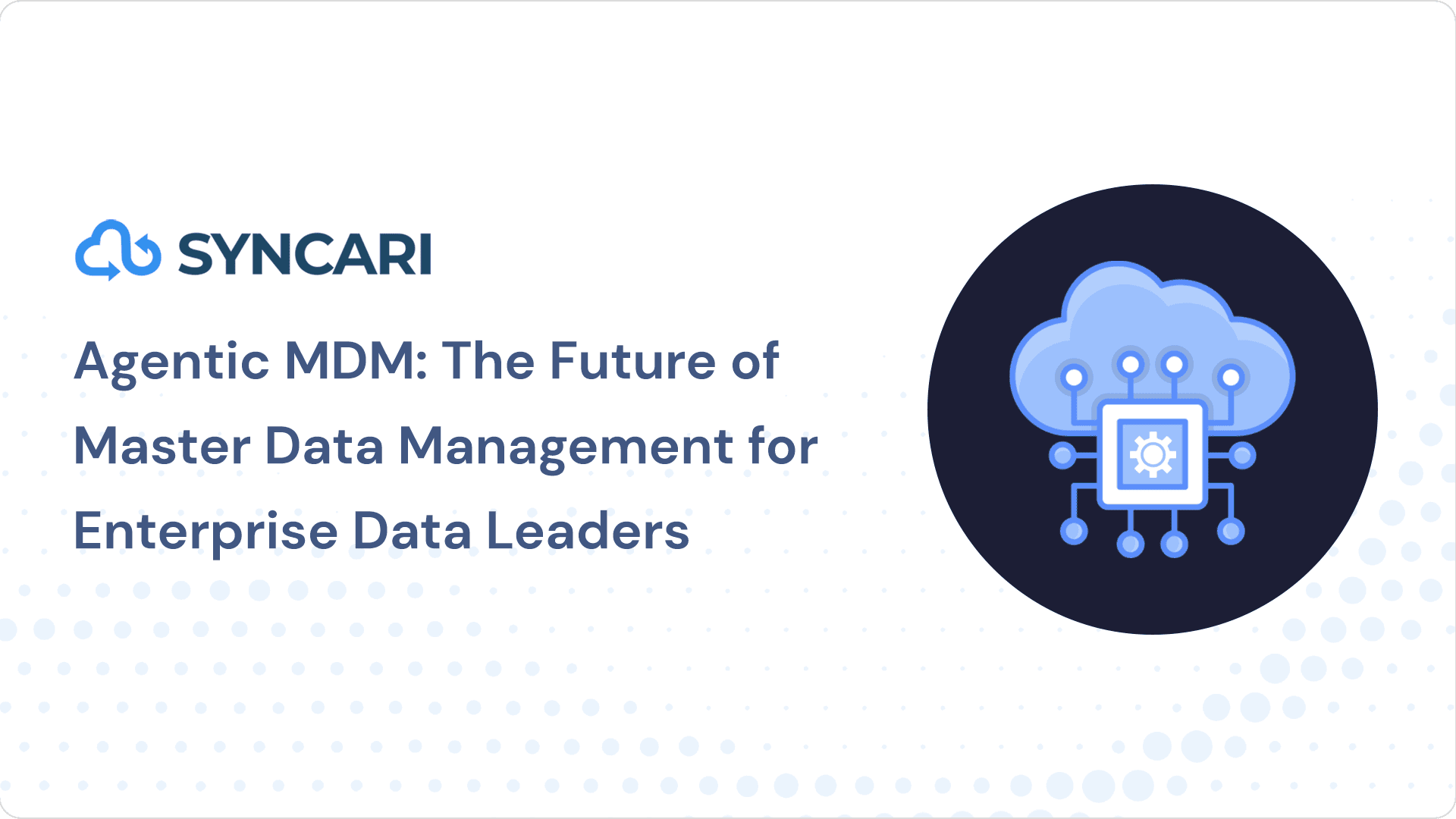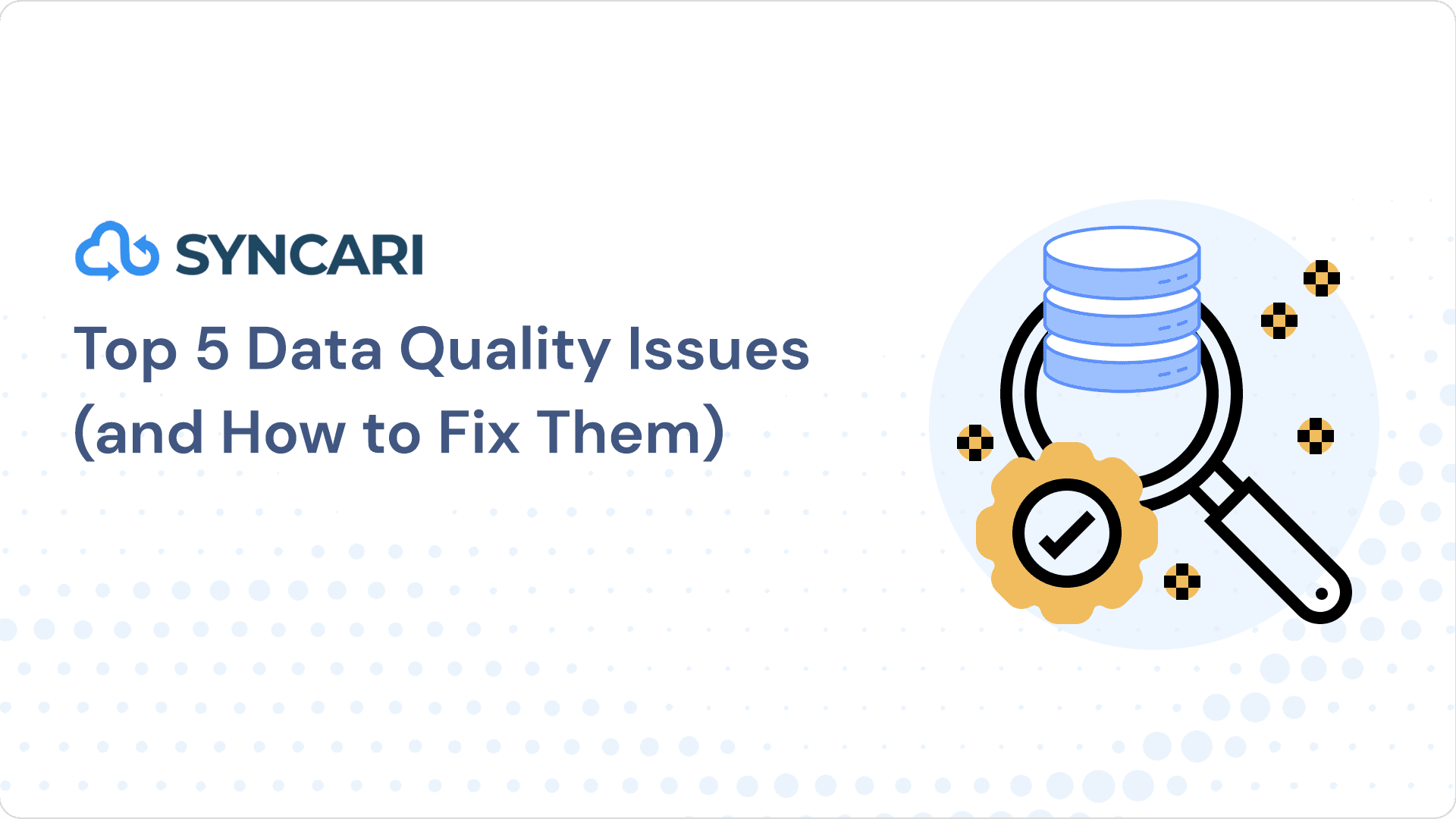In The Signal and the Noise, bayesian forecaster Nate Silver pointed out an interesting observation: People tend to mistreat weather reporters, sometimes cursing them in public. Why? Because they blame them for bad weather—even though the weather is very, very difficult to predict.
But that’s why Tomorrow exists. Over half of its 140 employees are PhDs and scientists developing some of the world’s most advanced weather models to help businesses avoid the sort of weather-related disasters that cost the U.S. $95 billion in 2020. That’s everything from a delayed delivery on up to a certain container ship that was meme-ified in Egypt. (Chief cause: High wind and poor visibility.)
This week, we sat down with Michael Canty, Tomorrow’s Global Head of Revenue Operations, to understand how such a data-driven company conducts revenue operations.
Nick: Can you tell us about Tomorrow?
Michael: Sure, I’d say we have a fairly complex go-to-market structure, but it’s many different ways of providing accurate weather data, and making it actionable through our platform via apps and APIs. We have a B2C offering through a mobile application. We have a self-service offering through our website. We have our traditional, enterprise sales-led motion. And then we have our strategy arm of the business dealing with government contracts and launching satellites.
The question for me is, how do you align all those channels operationally? How do we make it fluid? And that’s something we’re constantly working on. Our buyer’s journey sometimes begins with self-service and grows into support and services. If you look at my calendar, I’m on calls with the sales, marketing, product, success, and account management teams, because we all have a singular need: Create a cohesive customer experience.
What tools do you have for influencing the business?
I think I’d say the biggest thing I can offer is insights. I bring the science to the art of sales, so to speak. There’s people here who’ve been selling for 20 years. My job is to come back to them and say, “Hey, I understand, but here’s what the data is telling me. If we look at the average stage tenancy of deals we win versus those we lose, and we match that up against our current pipeline, there’s inherent risk in a significant portion of it. We can’t ignore that.”
I’m not trying to bring people down, but I am trying to make those deals stronger. I’m trying to help everyone realize which deals we should be focusing on.
Another lever is people and process. My father was, and still is, a manufacturing consultant. Mapping value streams and what steps go into delivering value is something I’ve always thought about. How do I identify the levers I can pull to achieve maximum efficiency?
We recently implemented a calendaring and meeting booking software onto our website called Chili Piper. It reduces the time needed to book a meeting from 25 minutes down to just five. That’s efficiency. That’s time back in everyone’s day. Similarly, we just implemented a CPQ to shave 12-24 hours off our approvals process by being able to, among other things, substitute in pre-approved legal language. That’s days off the average cycle. Multiplied across the entire org, that’s significant.
Whatever lever I pull, I’m hoping to drive a better cycle and a more customer-friendly engagement.
How do you see RevOps changing?
I’d say the conversations have evolved a lot over the past few years. It used to be about why RevOps is good. Now it’s about, okay, tactically, how do you operationalize these ideas?
It’s only going to grow more important. The way I see it, RevOps really is the purest way of breaking down the classic sales and marketing silos. When I took this job, it was as a manager of sales operations. Back then, I was just worried about pulling everything together. I spent the first year just evangelizing these ideas. But once everyone was bought-in on having tighter-knit operations, that turned into RevOps.
What’s one thing you have to know to do this job well?
I’d say you have to know the purpose of the tools, not just know the tools. It’s so easy to go from company to company applying the same thing that worked at your last job. But maybe the situation is totally different. If I had arrived and said, “Oh, Chili Piper worked at my last job, I’ll do that here,” and we were only generating 20 leads per month, it wouldn’t make any sense. You have to understand them philosophically so you know where to apply them.

Anything that weather data has taught you about revenue?
Oh, definitely. A forecast is a forecast—whether it’s weather or sales. I’ve always been a big data guy and whether you’re talking about a hailstorm or a revenue commit, a 50% chance forecast just isn’t going to cut it. That’s effectively random. It’s tossing a coin. In both instances, the way you get greater accuracy is better data collection, knowing how all those systems work in conjunction, and knowing why you’re delivering that insight.
When you do it really well, how you process data can be a real competitive advantage. Take weather data. Most companies that sell weather data, like The Weather Channel, all get their data from the government for free via NOAA. Most of them simply repackage it and pass it along. But us, we’re collecting our own data as well, and packaging it up in ways that make it actionable for businesses. Others may tell you it’ll rain. We tell you whether you should have an umbrella. You can think of your RevOps the same. Are you presenting options, or just reports?
What’s an open question you are pursuing?
I think one that really resonates with me, and which you need to ask early is, how to correlate increased customer usage with increased customer spend. That is, does acquiring more customers and getting them using the platform translate into more revenue? If you can establish that correlation, you can start to ask questions about where you will be six or 12 months out. You can start to see how efficient you’re being with your pipeline.
One piece of advice?
You have to break out of doer mode, where you’re always fighting fires, into strategic mode. When you’ve properly correlated usage with additional spend, that’s where it gets really fun, and you can break out the automation. Especially if you’re product-led. If someone gets to 80% usage of this feature, you can trigger a notification to the account manager because you know that people who use it to that level traditionally add on X service for Y amount.
That’s when you make the transition from, “Hey, here’s your report” to “Here’s your report and precisely what you need to do now.” The latter kind of person is one who drives the business.
Final thought: Check out Michael’s newsletter, Renegade Revenue.


